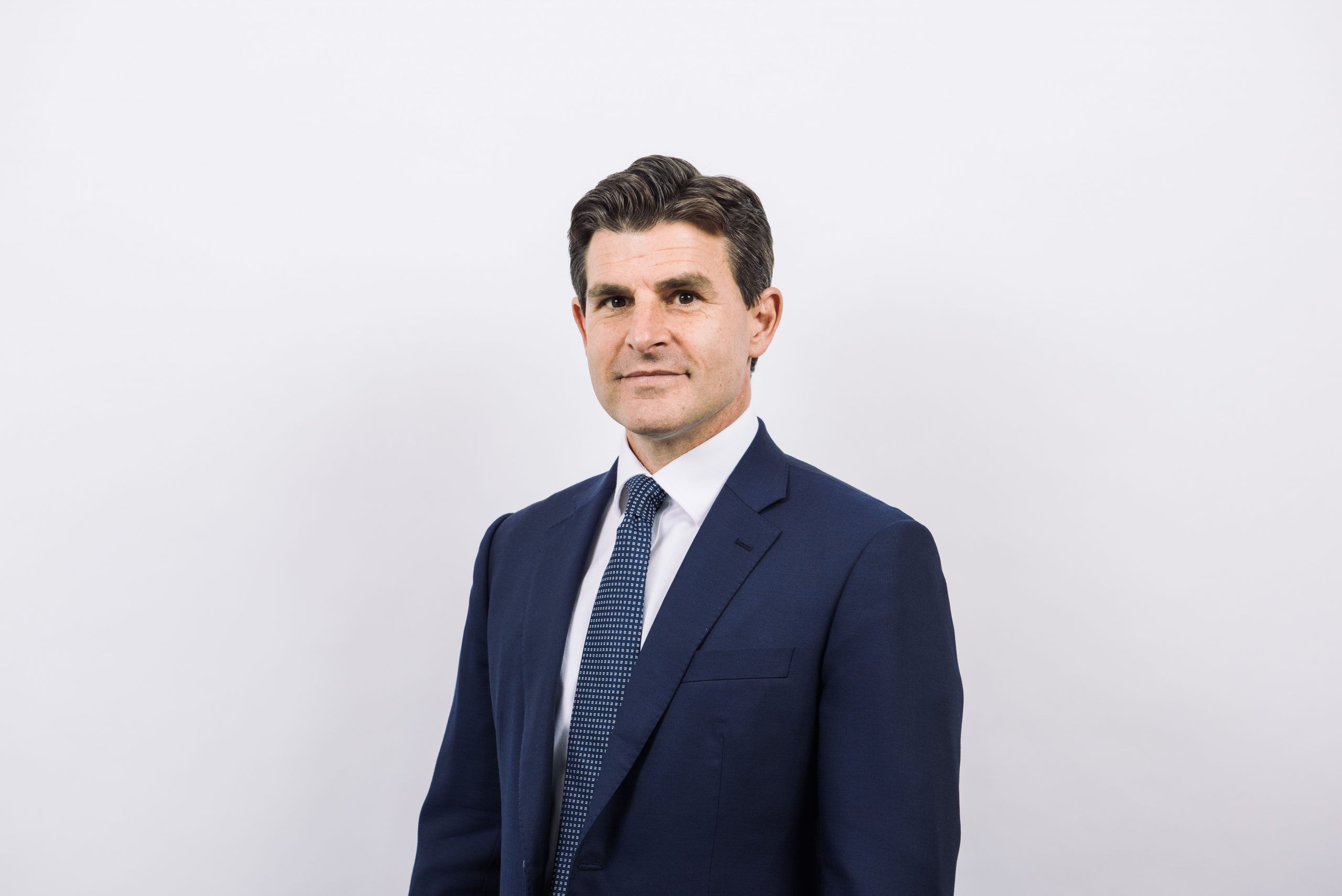Macro views
Key Points
- Most economies have experienced strong V-shaped economic recoveries over the past year as the rapid roll-out of highly effective vaccines has reduced the lethality of Covid-19 and allowed economies to reopen.
- Highly accommodative monetary and fiscal policies have added to the momentum, helping push asset prices higher – with a number of equity benchmarks hitting all-time highs.
- The landscape is now changing, however. Global supply chain disruptions together with a strong rebound in demand, have led to shortages of a wide range of goods, driving prices of key inputs and commodities higher. The shortages and sharp price rises have led to concerns about central bank monetary tightening and the sustainability of the recovery.
- We expect recovery to continue, but at a more moderate pace as, in our view, most of these issues are manageable and will eventually be resolved, as we describe in more detail in this report.
- We also think the “central bank put” remains alive and well. If financial markets and/ or economies wobble sufficiently, major central banks have made it clear they will quickly step back in and “do whatever it takes” to shore up economies and markets.
- A continued positive operating environment. Although economic and earnings growth momentum is likely to slow, and companies in some of the more supply-constrained sectors may see further pressure, strong consumer demand and continued accommodative monetary policy should provide a positive operating environment for most companies – particularly those in high value-added services sectors.
- Demand for private capital will continue to grow. With government fiscal support rolling off and market volatility likely to rise, we think demand for private capital will remain strong. Private debt and equity, with their medium to long-term investment horizons, ability to provide flexible capital and close partnerships with portfolio companies are particularly well suited to help extend the economic recovery in our view.
- What does the new environment imply for asset allocation? Given higher inflation and interest rate risks, we think real assets such as real estate, infrastructure and asset-backed strategies with predictable cash flows should continue to see strong demand, as well as strategies with exposure to floating rate loans. Strategies with debt elements that can provide downside protection in a more uncertain economic environment should also play a growing role in allocations. And finally, in our view, flexible strategies that can take advantage of increasingly divergent market, sector and company performance based on some of the trends outlined in this report, should continue to see excellent opportunities in this rapidly evolving economic environment.








 Back
Back